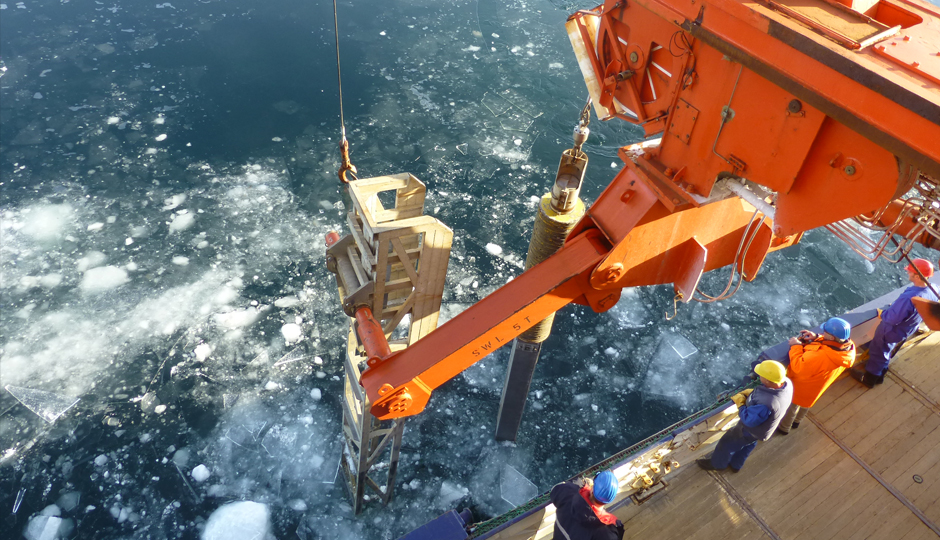The Earth used to be warmer than it is today. It may be hard to believe, but around 125,000 years ago, the planet was two degrees warmer than it is now, which corresponds to the warming predicted by 2050. "Why not study this warm period in order to better anticipate our future climate?" questioned Anne de Vernal, a professor in the Department of Earth and Atmospheric Sciences at Université du Québec à Montréal.
"Why not study this warm period in order to better anticipate our future climate?"
By analyzing microfossil assemblages, she has reconstructed high-latitude ocean circulation and climate conditions over several thousands of years. She hopes that this data will help modellers to test and validate their climate prediction models.
The researcher collected samples—and data—dating from as long as several million years ago from marine sediments from the bottom of the North Atlantic, the Labrador Sea and Baffin Bay. Her study focused on the distribution of dinoflagellates, a kind of unicellular algae. Dinoflagellate cysts, which are produced during the algae's reproductive cycle, fossilize in sediments and are excellent indicators of variations in salinity, temperature and the extent of sea ice. The latter is difficult to reconstruct in time and is very important for the study of climate dynamics, as ice cover determines ocean albedo, the quantity of energy that is reflected rather than absorbed by the ocean's surface.
De Vernal obtained a large number of samples and data through international collaborations, in particular with Past4Future, a European project on climate change. With the help of her team, including André Rochon, a marine geology professor at Institut des Sciences de la Mer in Rimouski, she has taken up the challenge of reconstructing past climate with an emphasis on the Arctic Ocean and subarctic seas.




